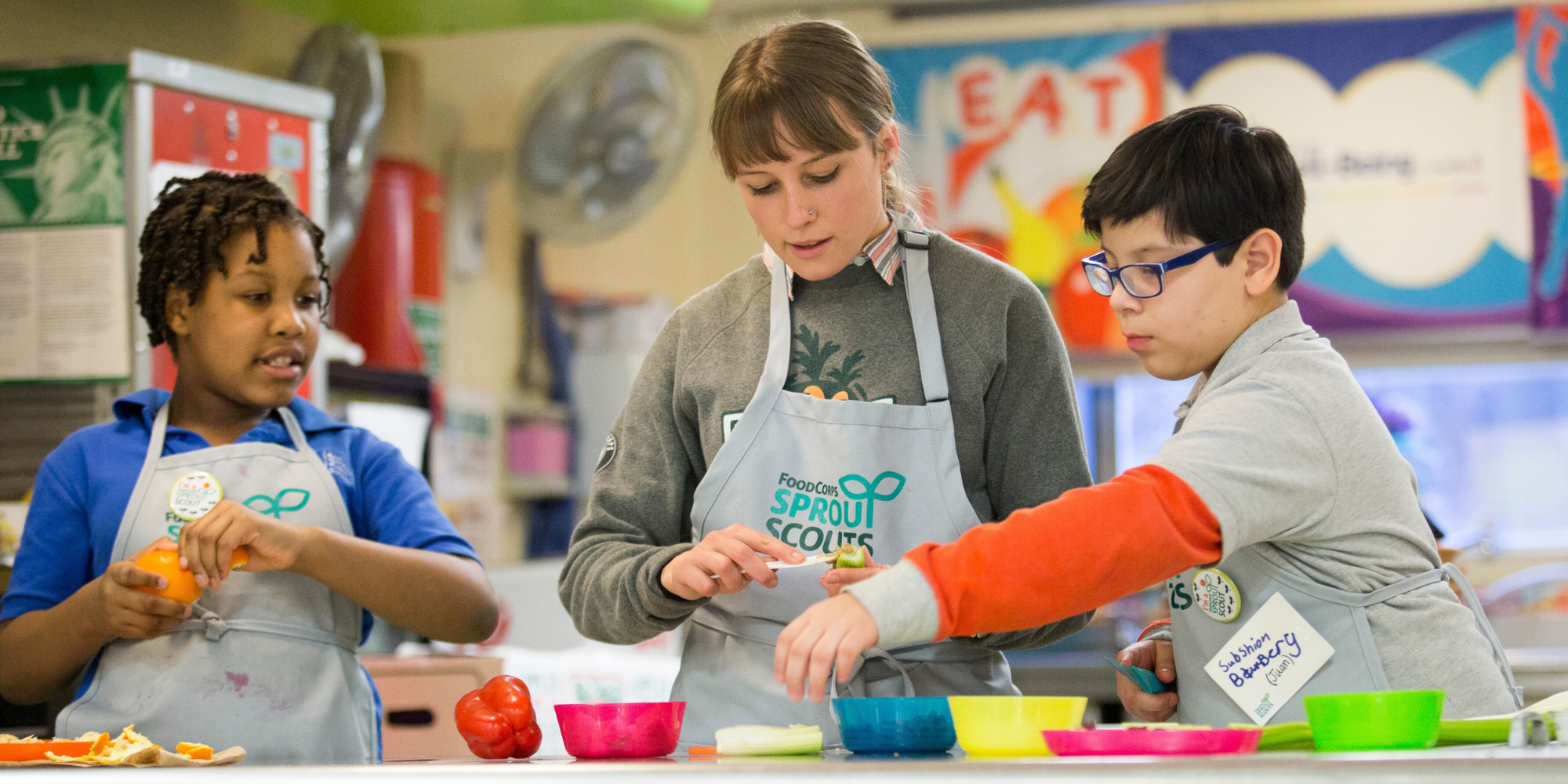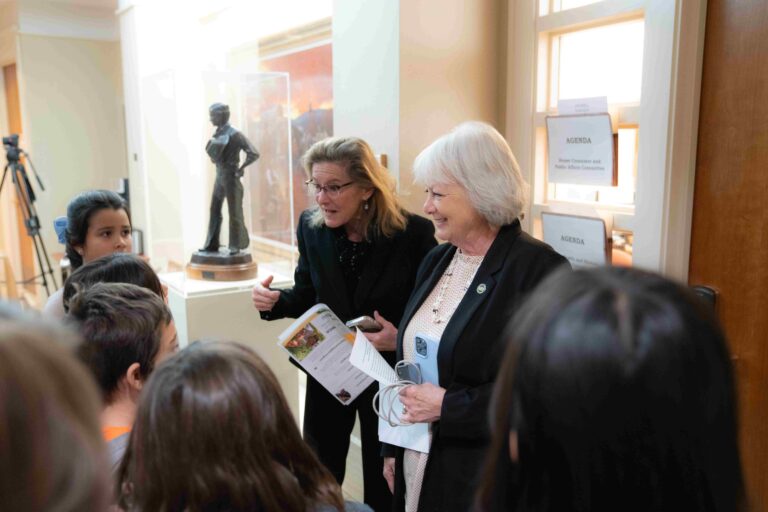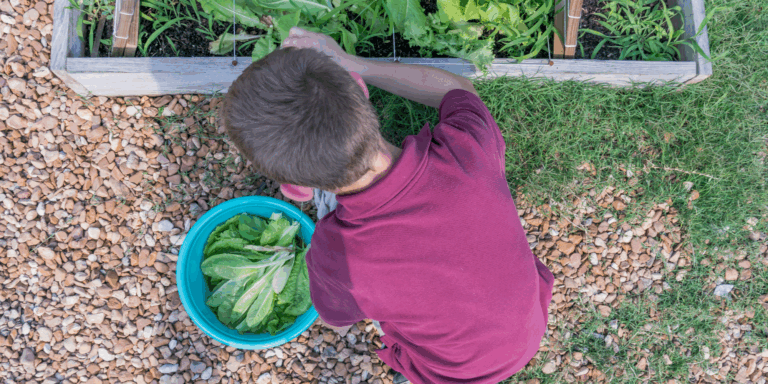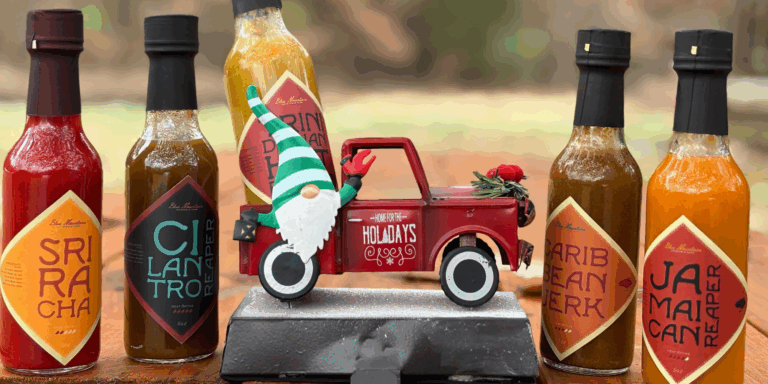10 Tips for a Successful Cooking Class
Here’s how to make the most of your cooking class.
Help nourish students’ minds, bodies, and hearts this holiday season!
Here’s how to make the most of your cooking class.

This post was written by FoodCorps AmeriCorps Member Xanna Burg (OR ’15).
My very favorite thing is teaching kids how to cook healthy, simple, and delicious recipes through a hands-on cooking class! I will never forget one of my middle school classes last year—my students fell in love with homemade black bean burgers, after giving me disapproving looks originally.
Or when my high school students realized they could make the food bought at restaurants. Or when my little elementary students wrote their own recipes and finished every bite of kale salad!
A cooking class can be a powerful place for learning because food is something we can all relate to, feel excited about, and apply in our lives. And a memorable cooking class will be hands-on and result in something tasty!
After spending the last year and a half teaching cooking classes to kids and adults, I’ve learned many lessons (some the hard way) for making your cooking class fun and educational, tasty and nourishing, effective and timely.
1. Plan, plan, plan! I always feel like I over-plan my cooking lessons, but bringing the kitchen to classrooms means bringing anything and everything you might need. Planning can save you from forgetting really important materials. Muffins aren’t quite muffins if you forget the muffin tin (although muffin cake works too).
I pretend to make the recipe in my head while planning to make a supplies list. Do you need an extension cord in the classroom? What will students dry their hands on if the paper towels run out? Are you using canned food and does it need a can opener?
2. Recipes in a cooking class will take more time than when you make it yourself. Teaching cooking lessons to beginners means adding extra time for demos, practicing skills, and lots of questions. Also, it takes 30 second-graders longer than you would expect to wash their hands!
3. Make clean-up part of the lesson! Make sure to build time into the lesson for clean-up and decide ahead of time how students will help. It’s much more likely students will help with dishes if you set the expectation for them to do five dishes, rather than resorting to begging for help with an overflowing sink. Being a really efficient dish-washer can come in handy sometimes too.
Of course, the most efficient dish-washer is…a dishwasher. Ask the cafeteria staff if you can use their commercial dishwasher for your supplies and work out a system that will be quick, sanitary, and out of the way.
4. Choose recipes that allow for as much hands-on prep as possible. Smoothies are great, but I only have one blender and 30 students. But if I let each student make a parfait, each student gets to do every part. With my high school students, making gnocchi meant each student got a small piece of dough to knead and shape.
5. Focus on one or two new skills each class. Focusing on fewer skills allows for beginners to master those skills instead of being overwhelmed. Before we start making a recipe, I identify the 1-2 new skills we’re focusing on by writing them on the board and doing a short demo or lesson on those skills.
>> Sign up for FoodCorps newsletters!
6. Go over safety and food safety each class. Don’t assume students know how to hold a knife or how important it is to wash their hands or not double dip spoons. Taking a few minutes every class to review important safety lessons will ensure students use supplies safety and prevent spreading harmful germs.
7. Everything can be a teaching moment. You might accidentally burn all the pine nuts you needed for a squash recipe. But if you do it all with a smile, you’ll show your students that making mistakes while cooking is normal and part of the learning process.
8. If you have a school garden, grow things that can be used in your cooking class. If you can, grow basil for homemade pesto, tomatoes for homemade tomato sauce, or kale for a salad—it helps students understand what goes into producing our food, and often tastes better!
9. Pick recipes that balance health with practicality. Quinoa-stuffed squash might be a really healthy and delicious recipe, but the likelihood of my students repeating this recipe is slim. Instead, I might choose to make a vegetable ramen soup, using basics students are familiar with and adding ingredients that make it more nutritious.
10. Don’t forget to have fun! Things are inevitably going to go wrong. While scooping out sun-nut butter for a smoothie, you might accidentally splash all the separated oil into your face in front of your third-grade class. But laughing at yourself and having fun as a cooking teacher means students will have fun with the cooking process too.
Happy cooking and happy teaching!
Related read: Looking for inspiration for your cooking class? Try these kid-friendly fall recipes!

Our 2025 Child Nutrition Policy Year in Review

Winterizing Your School Garden

5 Awesome Small Businesses by FoodCorps Alums